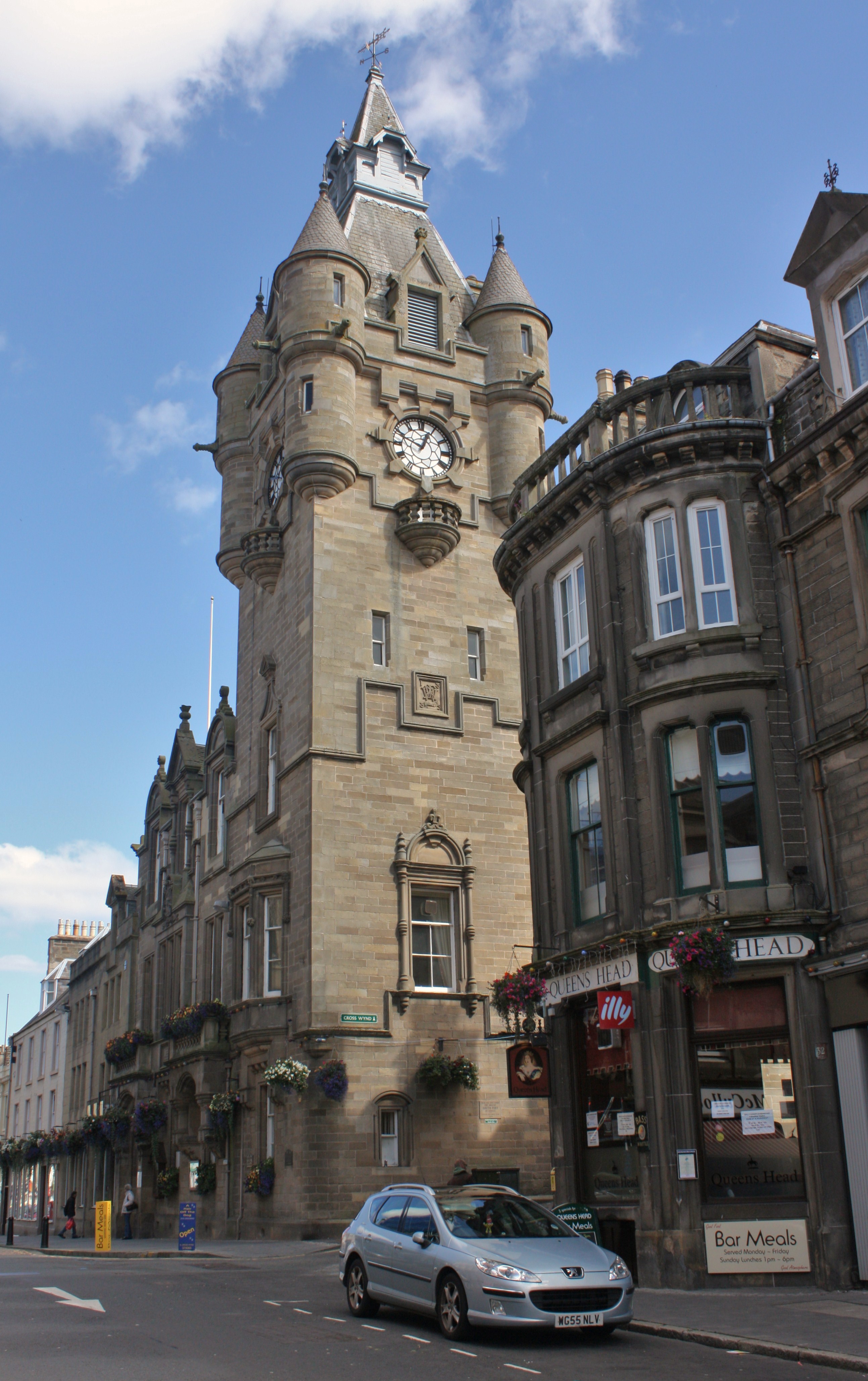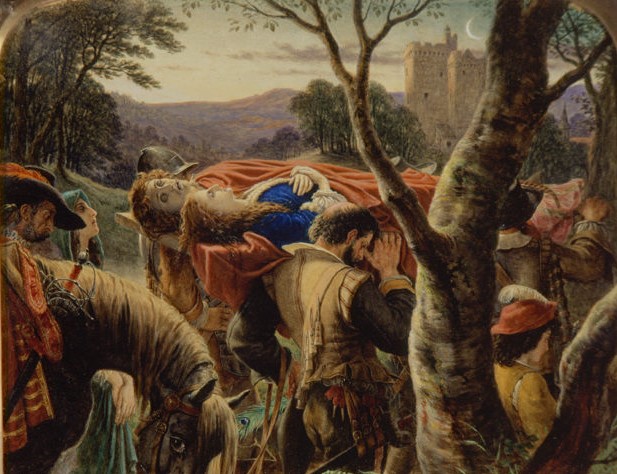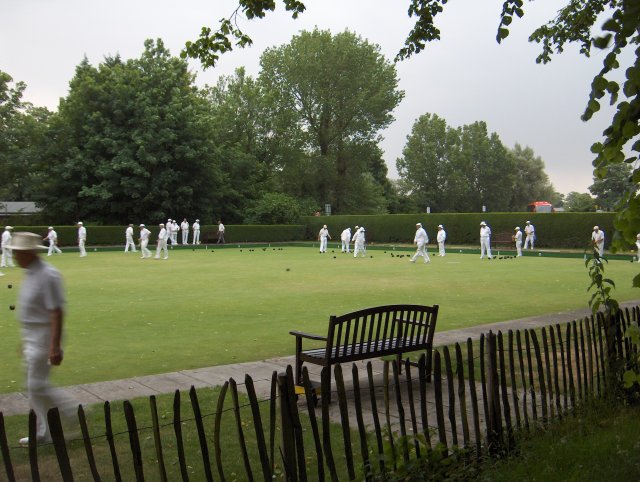|
Harden Castle
Harden Castle is a 16th century tower house, about west of Hawick, Scottish Borders.Coventry, Martin (2001). ''The Castles of Scotland''. Musselburgh: Goblinshead. p. 199 It is alternatively known as Harden House or Harden Tower. The castle is situated strongly, above a deep ravine. History The castle, which succeeds an earlier tower which was destroyed about 1590, belonged to the Homes, but was purchased by the Scotts in 1501. Walter Scott of Harden, known as Auld Wat of Harden, was one of family. He was a Border Reiver, who married Mary, or Marion, Scott, known as ‘The Flower of Yarrow’, the events surrounding her being retold in the ballad The Dowie Dens o Yarrow. In the 18th century the family moved to Mertoun; the house was used as a farmhouse. It was restored and reoccupied during the 19th century. It became the seat of Lord Polwarth. Structure The castle incorporates a three-storey tower house; it was extended between 1680 and 1690, with internal changes als ... [...More Info...] [...Related Items...] OR: [Wikipedia] [Google] [Baidu] |
Tower House
A tower house is a particular type of stone structure, built for defensive purposes as well as habitation. Tower houses began to appear in the Middle Ages, especially in mountainous or limited access areas, in order to command and defend strategic points with reduced forces. At the same time, they were also used as an aristocrat's residence, around which a castle town was often constructed. Europe After their initial appearance in Ireland, Scotland, the Stins, Frisian lands, Basque Country (greater region), Basque Country and England during the High Middle Ages, tower houses were also built in other parts of western Europe, especially in parts of France and Italy. In Italian medieval communes, urban ''palazzi'' with a very tall tower were increasingly built by the local highly competitive Patrician (post-Roman Europe), patrician families as power centres during times of internal strife. Most north Italian cities had a number of these by the end of the Middles Ages, but few no ... [...More Info...] [...Related Items...] OR: [Wikipedia] [Google] [Baidu] |
Hawick
Hawick ( ; sco, Haaick; gd, Hamhaig) is a town in the Scottish Borders council area and historic county of Roxburghshire in the east Southern Uplands of Scotland. It is south-west of Jedburgh and south-south-east of Selkirk. It is one of the farthest towns from the sea in Scotland, in the heart of Teviotdale, and is the biggest town in the former county of Roxburghshire. The town is at the confluence of the Slitrig Water with the River Teviot. The town was formally established in the 16th century, but was previously the site of historic settlement going back hundreds of years. By the late 17th century, the town began to grow significantly, especially during the Industrial Revolution and Victorian era as a centre for the production of textiles, with a focus on knitting and weaving, involving materials such as tweed and cashmere. By the late 20th century, textile production had declined but the town remains an important regional centre for shopping, tourism and services. H ... [...More Info...] [...Related Items...] OR: [Wikipedia] [Google] [Baidu] |
Scottish Borders
The Scottish Borders ( sco, the Mairches, 'the Marches'; gd, Crìochan na h-Alba) is one of 32 council areas of Scotland. It borders the City of Edinburgh, Dumfries and Galloway, East Lothian, Midlothian, South Lanarkshire, West Lothian and, to the south-west, south and east, the English counties of Cumbria and Northumberland. The administrative centre of the area is Newtown St Boswells. The term Scottish Borders, or normally just "the Borders", is also used to designate the areas of southern Scotland and northern England that bound the Anglo-Scottish border. Geography The Scottish Borders are in the eastern part of the Southern Uplands. The region is hilly and largely rural, with the River Tweed flowing west to east through it. The highest hill in the region is Broad Law in the Manor Hills. In the east of the region, the area that borders the River Tweed is flat and is known as 'The Merse'. The Tweed and its tributaries drain the entire region with the river flowi ... [...More Info...] [...Related Items...] OR: [Wikipedia] [Google] [Baidu] |
Royal Commission On The Ancient And Historical Monuments Of Scotland
The Royal Commission on the Ancient and Historical Monuments of Scotland (RCAHMS) was an executive non-departmental public body of the Scottish Government that was "sponsored" inanced and with oversightthrough Historic Scotland, an executive agency of the Scottish Government. As one of the country's National Collections, it was responsible for recording, interpreting and collecting information about the built and historic environment. This information, which relates to buildings, sites, and ancient monuments of archaeological, architectural and historical interest (including maritime sites and underwater constructions), as well as historical aspects of the landscape, was then made available to the public, mainly at no cost. It was established (shortly ahead of parallel commissions for Wales and England) by a Royal Warrant of 1908, which was revised in 1992. The RCAHMS merged with government agency Historic Scotland to form Historic Environment Scotland, a new executive no ... [...More Info...] [...Related Items...] OR: [Wikipedia] [Google] [Baidu] |
Clan Home
Clan Home (pronounced and sometimes spelt Hume) is a Scottish clan.Way, George and Squire, Romily. ''Collins Scottish Clan & Family Encyclopedia''. (Foreword by The Rt Hon. The Earl of Elgin KT, Convenor, The Standing Council of Scottish Chiefs). Published in 1994. Pages 168 – 169. It held immense power for much of the Middle Ages and dominated the eastern Scottish Borders. It produced no fewer than eight Wardens of the Eastern March – more than any other family. History Origins of the clan The Home family descends in the male-line from Cospatric I (died after 1073), the Anglo-Celtic Earl of Northumbria. His descendant William de Home (son of Sir Patrick de Greenlaw, the second son of Cospatric III, Earl of Lothian), adopted the surname following his acquisition of the lands of Home in Berwickshire in the early 13th century, through his marriage to his second cousin Ada (the daughter of Patrick I, Earl of Dunbar). William's arms featured the silver lion of Dunbar but wit ... [...More Info...] [...Related Items...] OR: [Wikipedia] [Google] [Baidu] |
Clan Scott
Clan Scott is a Scottish clan and is recognised as such by the Lord Lyon King of Arms.Way, George and Squire, Romily. ''Collins Scottish Clan & Family Encyclopedia''. (Foreword by The Rt Hon. The Earl of Elgin KT, Convenor, The Standing Council of Scottish Chiefs). Published in 1994. pp. 314–315. Historically the clan was based in the Scottish Borders. History Origins The Latin word ''Scotti'' was originally used to describe the Celts of Ireland. However the historian George Fraser Black notes in his ''Surnames of Scotland'' that the earliest certain record of the name was that of Uchtred 'Filius Scott', in a charter from around 1120. In 1195 Henricus le Scotte witnessed a charter by David, Earl of Strathearn. At the beginning of the thirteenth century a Master Isaac Scotus witnessed charters by the Bishop of St Andrews. Michael Scott "The Wizard" (1175 – c.1232) was a real-life scholar and philosopher, whom Walter Scott described in ''The Lay of the Last Minstrel'' as ... [...More Info...] [...Related Items...] OR: [Wikipedia] [Google] [Baidu] |
Walter Scott Of Harden
Walter Scott of Harden (1550 – 1629), also known as Auld Wat, was a notorious border reiver along the Anglo-Scottish border in the 16th century. Life The son of William Scott of Harden, Wat was born in 1550, when he was recognised as his father's heir by ''precept of clare constat'', by Alexander Home, 5th Lord Home, his father's feudal superior. An infamous freebooter, Wat led raids across the border and against his fellow countrymen. In 1592, he was one of those charged with taking part in an attempt to capture King James VI at Falkland Palace, led by the Earl of Bothwell, and was declared a rebel and outlaw. Scott also participated in the rescue of Kinmont Willie Armstrong, under his chief, Walter Scott of Buccleuch, from Carlisle Castle in 1596. In 1567, Wat Scott contracted to marry Mary Scott, daughter of John Scott of Dryhope, and known as the "Flower of Yarrow". When supplies were low she allegedly presented a set of spurs on a platter instead of meat, implyi ... [...More Info...] [...Related Items...] OR: [Wikipedia] [Google] [Baidu] |
Border Reiver
Border reivers were raiders along the Anglo-Scottish border from the late 13th century to the beginning of the 17th century. They included both Scottish and English people, and they raided the entire border country without regard to their victims' nationality. Their heyday was in the last hundred years of their existence, during the time of the House of Stuart in the Kingdom of Scotland and the House of Tudor in the Kingdom of England. Background Scotland and England were frequently at war during the late Middle Ages. During these wars, the livelihood of the people on the Borders was devastated by the contending armies. Even when the countries were not formally at war, tension remained high, and royal authority in either or both kingdoms was often weak, particularly in remote locations. The difficulty and uncertainties of basic human survival meant that communities and/or people kindred to each other would seek security through group strength and cunning. They would attemp ... [...More Info...] [...Related Items...] OR: [Wikipedia] [Google] [Baidu] |
The Dowie Dens O Yarrow
"The Dowie Dens o Yarrow", also known as "The Braes of Yarrow" or simply "Yarrow", is a Scottish border ballad (). It has many variants (Child collected at least 19) and it has been printed as a broadside, as well as published in song collections. It is considered to be a folk standard, and many different singers have performed and recorded it. Synopsis The song describes an unequal conflict between a group of men and one man, concerning a lady. This takes place in the vicinity of Yarrow. The one man succeeds in overcoming nearly all his opponents but is finally defeated by (usually) the last one of them. In some versions, the lady (who is not usually named) rejects a number (often nine) wealthy suitors, in preference for a servant or ploughman. The nine make a pact to kill the other man and they ambush him in the "Dens of Yarrow". :There lived a lady in the West, :I neer could find her marrow; :She was courted by nine gentlemen :And a ploughboy-lad in Yarrow. :These nine s ... [...More Info...] [...Related Items...] OR: [Wikipedia] [Google] [Baidu] |
Mertoun
Mertoun is a parish in the south-west of the historic county of Berwickshire in the Scottish Borders area of Scotland. Together with the parish of Maxton, Roxburghshire it forms the Maxton and Mertoun Community Council area. It was included in the former Ettrick and Lauderdale District of Borders Region, by the Local Government (Scotland) Act 1973, from 1975 to 1996. The parish is bounded by the Berwickshire parish of Earlston to the north and by the Roxburghshire parishes of Smailholm and Makerstoun to the east, Maxton and St Boswells on the south and Melrose in the west. Maxton, St. Boswell's and Melrose lie on the other side of the River Tweed, which forms the southern and western border of the parish.The New Statistical Account of Scotland, Vol. 2, Linlithgow-Haddington-Berwick. Publ William Blackwood and Sons, Edinburgh, 1845. Article on Mertoun, p. 26Ordnance Gazetteer of Scotland, by, Francis Groome, publ. 1882-4. Article on Mertoun The parish includes the hamlets of ... [...More Info...] [...Related Items...] OR: [Wikipedia] [Google] [Baidu] |
Lord Polwarth
Lord Polwarth, of Polwarth in the County of Berwick, is a title in the Peerage of Scotland. It was created in 1690 for Sir Patrick Hume of Polwarth, 2nd Baronet, Lord Chancellor of Scotland from 1696 to 1702 (the baronetcy had been created in the Baronetage of Nova Scotia in 1637 for his father and namesake Patrick Hume). In 1697 he was further created Lord Polwarth, of Polwarth, Redbraes and Greenlaw, Viscount of Blasonberrie and Earl of Marchmont, also in the Peerage of Scotland. Upon the death of his grandson, the third Earl, the creations of 1697 became dormant (unclaimed). The claim to the lordship of 1690 was vested in his granddaughter, Anne Anstruther-Paterson (''de jure'' 4th Lady Polwarth), daughter of Lady Anne Hume-Campbell, eldest daughter of the third Earl. However, she died before any decision on her claim to the peerage had been reached. On her death the claim to the title passed to her aunt Diana Scott (''de jure'' 5th Lady Polwarth), youngest daughter of the th ... [...More Info...] [...Related Items...] OR: [Wikipedia] [Google] [Baidu] |
Bowling Green
A bowling green is a finely laid, close-mown and rolled stretch of turf for playing the game of bowls. Before 1830, when Edwin Beard Budding of Thrupp, near Stroud, UK, invented the lawnmower, lawns were often kept cropped by grazing sheep on them. The world's oldest surviving bowling green is the Southampton Old Bowling Green, which was first used in 1299. When the French adopted "boulingrin" in the 17th century, it was understood to mean a sunk geometrically shaped piece of perfect grass, framed in gravel walks, which often formed the centre of a regularly planted wood called a ''bosquet,'' somewhat like a highly formalized glade; it might have a central pool or fountain. The diarist Samuel Pepys relates a conversation he had with the architect Hugh May: Dimensions and other specifications Bowling green specifications for the lawn bowls variation of the sport are stipulated in World Bowls' Laws of the Sport of Bowls. For the variant known as crown green bowls Crown gre ... [...More Info...] [...Related Items...] OR: [Wikipedia] [Google] [Baidu] |



.png)



